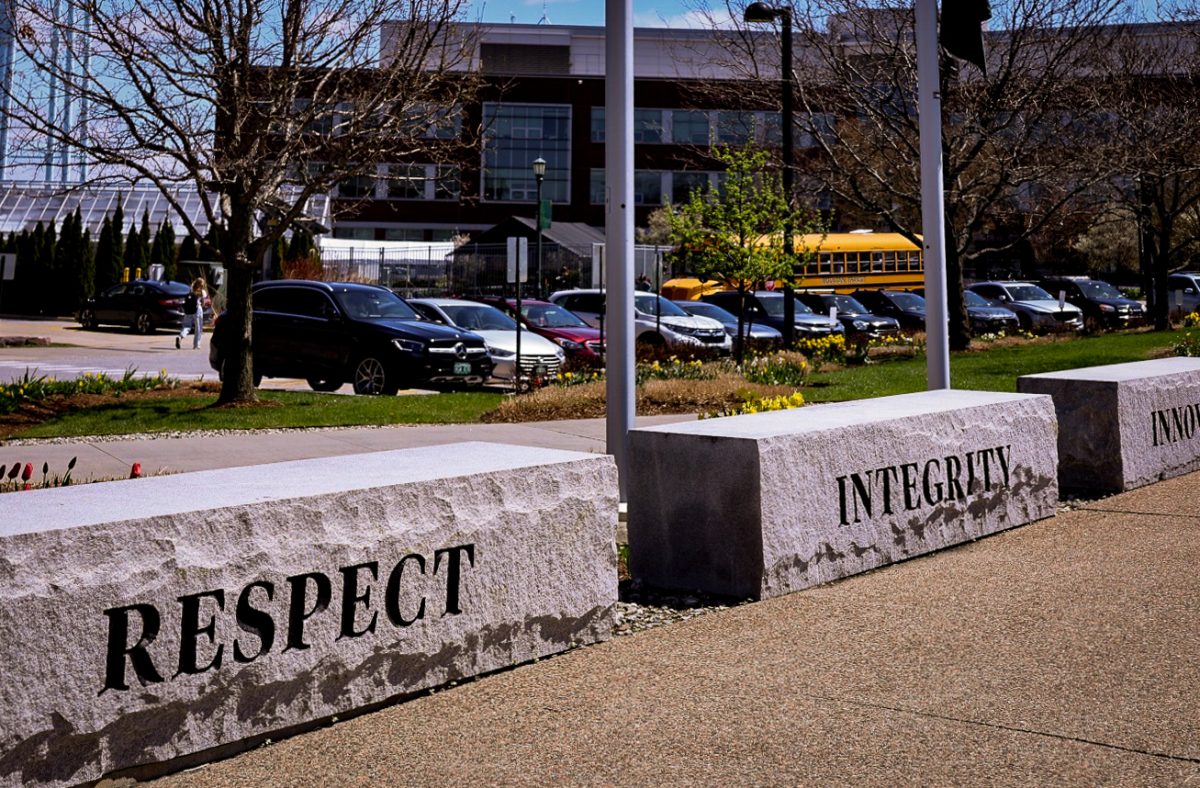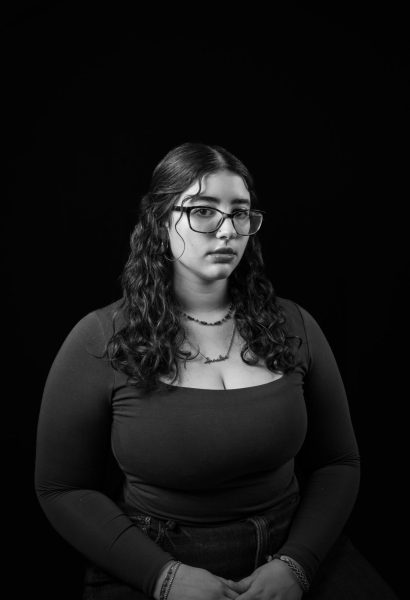The University held a listening session with faculty on Oct. 15 in the Waterman Memorial Lounge to gather community input for the search for UVM’s next president.
The faculty meeting was one of four listening sessions hosted by executive search firm Isaacson, Miller, along with one for staff, graduate students and undergraduate students, according to the University’s Presidential Search web page.
“The idea behind our conversations today is to gather as much information as possible,” said Vijay Saraswat, an executive partner of Isaacson, Miller. “We need to know on the front end what kind of challenges lie ahead for the institution and for the next president.”
The process of gathering candidates is still underway, but the firm hopes to have finalists for the position in early 2025, Saraswat said.
At their session, faculty members were invited to speak directly about their concerns and expectations.
Patrick Nathaniel Brown, an adjunct lecturer in the department of community development and applied economics, said he considered the need for diversity in his reflection on the history of presidents at the University.
“If possible, please present a diverse group of candidates,” Brown said during the session. “When I say diverse, I mean racial diversity, gender diversity. I think that is the strongest factor in presenting candidates.”
William Falls, dean of the College of Arts and Sciences, said he felt that the state of the University’s infrastructure was not consistent and they were not dealing with deferred campus maintenance properly.
“As we go to R1, we have buildings with dropped ceilings, water caught in buckets,” he said. “It’s not R1 infrastructure. The investment is going to pay off even though it is risky.”
An R1 university is an institution that sees very high research activity, which includes awarding at least 20 doctoral degrees and accumulating $5 million dollars in research expenditures during an update year, according to the Carnegie Classification of Institutions of Higher Education.
UVM is currently an R2 university, but expects to achieve the R1 designation in December, according to an Aug. 28 SevenDays article.
Additionally, faculty members raised concerns about the methods of identifying candidates’ relationships and community work which they felt were top priorities in qualifications.
The process of narrowing down candidates is more extensive and in-depth than many people perceive, Saraswat said.
“Our job is to have a much more in-depth conversation,” he said. “We’re talking about references, phone calls, people with whom they’ve worked day in and day out with for years and years in both current and previous institutions.”
“Individuals can apply and nominate via our website, and the more the merrier, the sooner the better,” said Greg Esposito, a partner at Isaacson, Miller who attended the meeting via Zoom.
Those who were unable to attend the sessions were encouraged to express their opinions via a community input survey.









